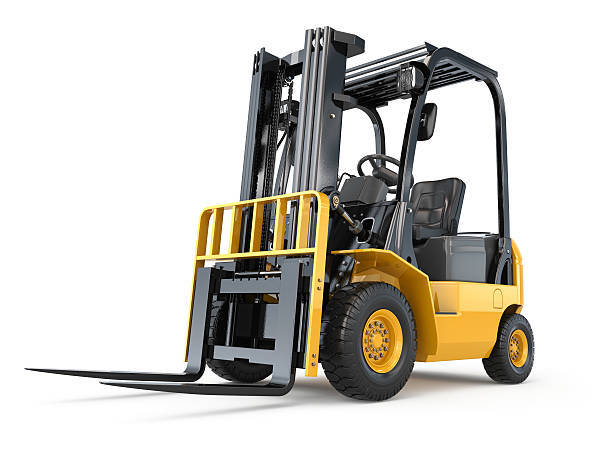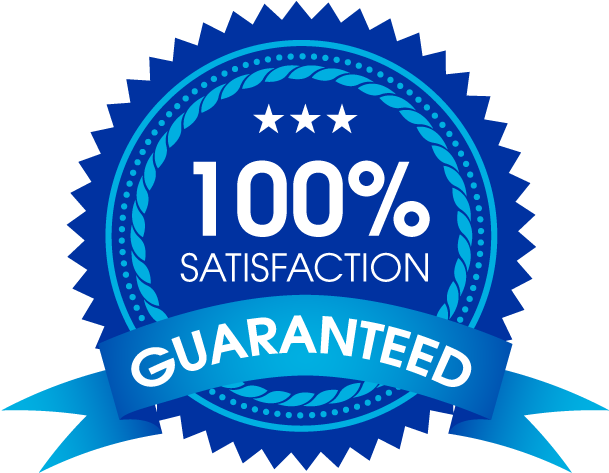Forklift Buyer’s Guide
For loading and moving heavy loads, no piece of equipment is more reliable than the forklift. Used in manufacturing, distribution, and construction industries, forklifts are available in a range of styles and customizable features that can be matched to any work site needs. Before you add a forklift to your fleet, learn more about your purchase options.
Forklift Types
The structure of a forklift will dictate the tasks it can complete. Before you buy, consider the loading tasks your forklift needs to complete and estimate the capacity and size that will meet your needs.
Standard Forklift
- The most popular forklift for warehouses
- Lift capacity: 3,000 to 5,000 lbs
- Lift Height: 20 feet
Reach Forklift
- These machines are narrower than a standard forklift, which affects their lift capacity. They work well in narrow corridors or for high shelving units
- Lift capacity: 2,000-3,000 lbs
- Lift Height: 40 feet
Telescopic Forklift
- These extended lift, or telescopic forklifts, are perfect for uneven or rough terrain and can lift heavy loads much higher than a standard forklift
- Lift capacity: 30,000 lbs
- Lift Height: 70 feet high
Straight Mast Forklift
- Straight mast forklift: Limited to a vertical lift, the straight mast forklift works well on uneven ground and is perfect for loading and unloading pallets on construction sites
- Lift capacity: 12,000 lbs
- Lift Height: 10 to 30 feet
Engine Types
In addition to body structure, forklifts are also available in a variety of engine types. Understanding the types of job sites your forklift will operate in as well as your needs for power and capacity can help you choose the engine that will meet your needs.
- Electric: Perfect for indoor applications due to their low emissions and low noise output, electric forklifts are fuels by rechargeable batteries. They have a low operating cost, but require dry, protected space and time for battery recharging and reloading.
- Internal combustion (IC): Similar to other automobiles and heavy machines, IC engines can be fueled with diesel, gas, or liquid propane. Some models even run on compressed natural gas. This type of engine has a higher power suited for heavy loads and speed, but have a higher operating cost and must be used outdoors.
- Fuel cell: Relatively new to the market, hydrogen fuel cell forklifts offer zero emissions and fast refueling capabilities but are still relatively expensive. Ask your dealer for available tax breaks or financing options that make investing in this new technology more affordable.
Forklift Pricing
Individual machine prices are set using a variety of factors including age, condition, features, and dealer service. The following are average estimates to help guide your search.
- New standard electric forklift: $15,000-$25,000
- Battery and charger: $2,500 to $5,000
- New standard IC forklift: $15,000-$30,000
- High capacity (10,000 lb.) IC forklift: $25-$50,000
- Heavy duty capacity (35,000+ lb.): $100,000+
- Pneumatic tires costs: $2,000
- Air cushion tires: $1,500
- Used, standard electric forklift: $5,000 - $10,000
- Used, standard internal combustion forklift: $10,000 - $15,000
In addition to the upfront cost of the machine, you will want to consider the expenses for operating and maintaining your forklift over its work life. A more expensive machine that is cheaper to operate may be more cost effective in the long run.

